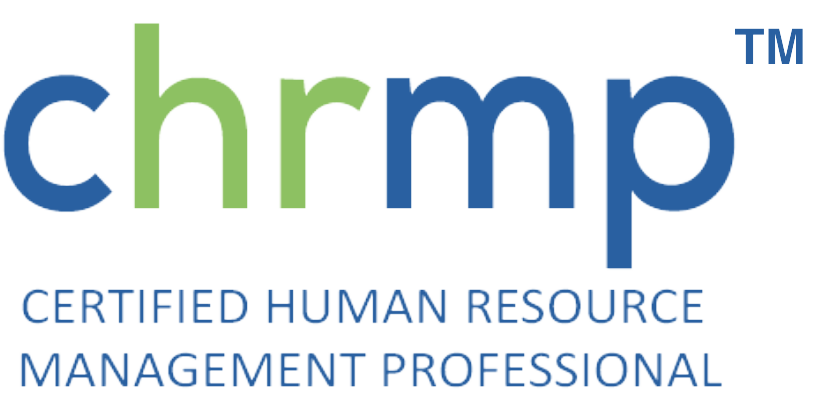Delivering a presentation can be a daunting task but understanding the importance of the audience is crucial for a successful outcome. As Simon Sinek famously said, “Start with why.” This mantra reminds us to focus on the audience’s needs and interests, rather than solely on what we want to convey. In this handout, we explore the significance of the audience in presentations and provide valuable tips for engaging them effectively.
Why is the audience so important in a presentation?
- Firstly, they are the reason you’re delivering the presentation. Their interest and engagement are key to a successful outcome. By tailoring your presentation to resonate with them, you increase the likelihood that they’ll remember and act upon the information you share.
- Secondly, the audience brings their own perspectives, experiences, and values. Understanding their background and mindset allows you to adjust your presentation style and content to make it more accessible and engaging.
- Lastly, the audience provides valuable feedback during the presentation. By observing their responses and questions, you can gauge how well your message is resonating and make adjustments on the fly, ensuring maximum impact.
To effectively communicate with your audience, consider segmenting them into subgroups based on relevant criteria such as politics, demographics, psychographics, firmographics, and ethnographics. This allows you to tailor your message to meet the specific needs and interests of each subgroup.
When presenting to senior executives, remember to be brief and get to the point, stay on topic, set expectations, create executive summary slides, and rehearse with experienced individuals who can provide feedback.
Creating an engaging presentation is vital. Focus on key points, understand your audience, utilize nonverbal communication effectively, and be open to feedback and adaptation.
Additionally, engaging with your audience before, during, and after the presentation builds relationships and ensures success. By observing their behavior, providing feedback channels, and following up, you can implement ideas and effect real change.
Great presenters like Steve Jobs, Brené Brown, and Simon Sinek provide inspiration. Learn from their approaches, such as creating excitement and anticipation, using personal experiences and storytelling, and inspiring action through simple visuals and examples.
Mastering the art of presentations involves understanding the power of your audience. Tailor your message, engage with them, and utilize effective techniques to create a lasting impact. By doing so, you can deliver presentations that inspire, inform, and drive action.

Responses